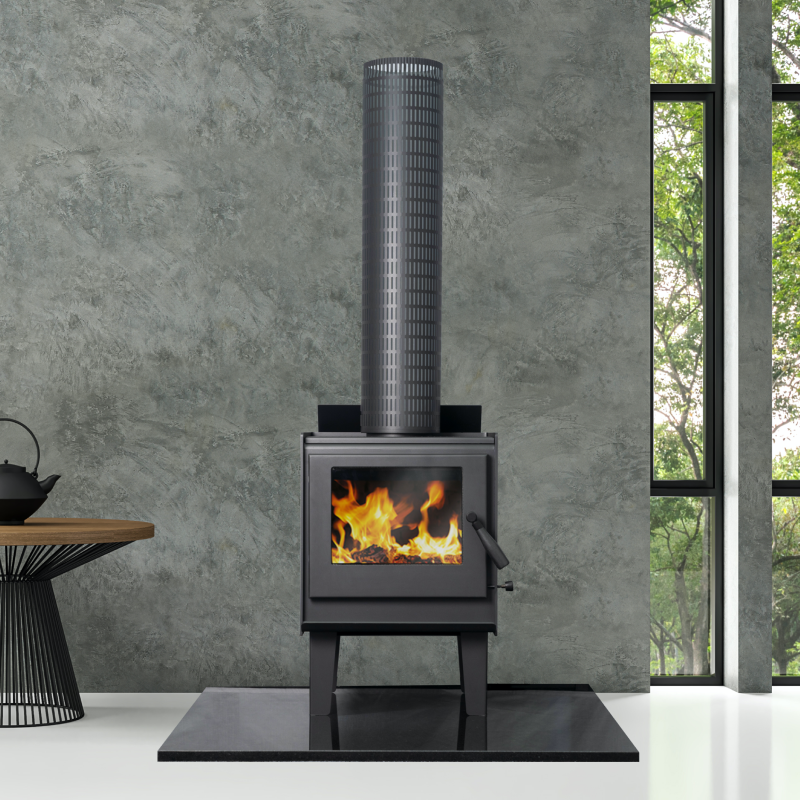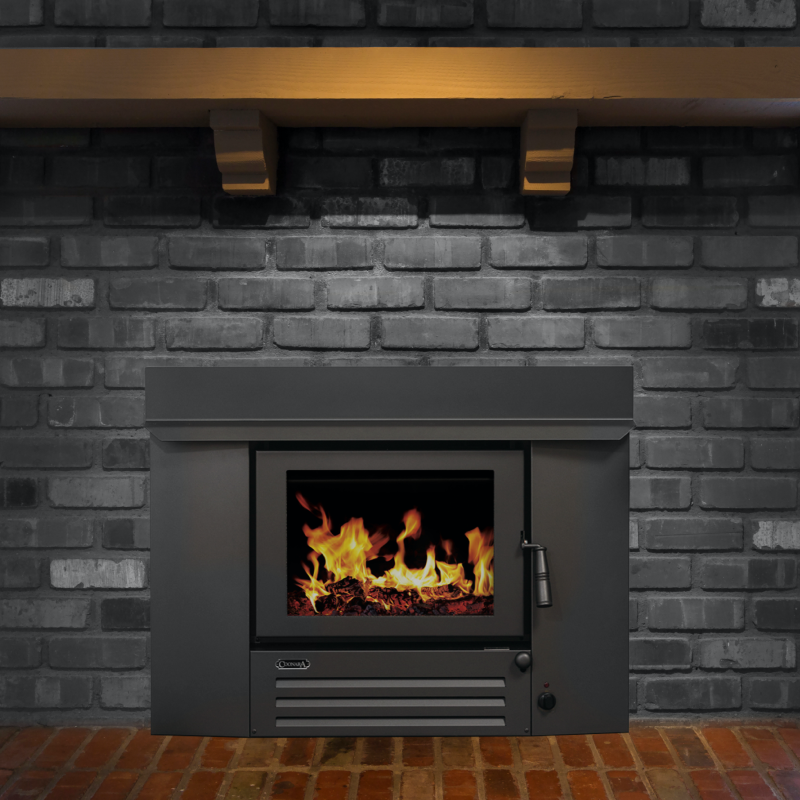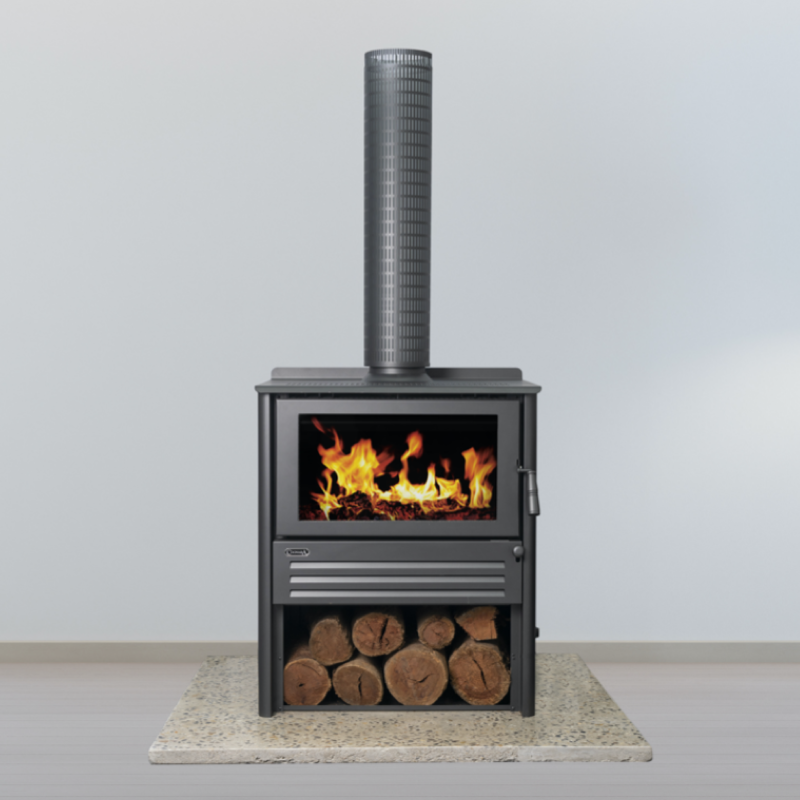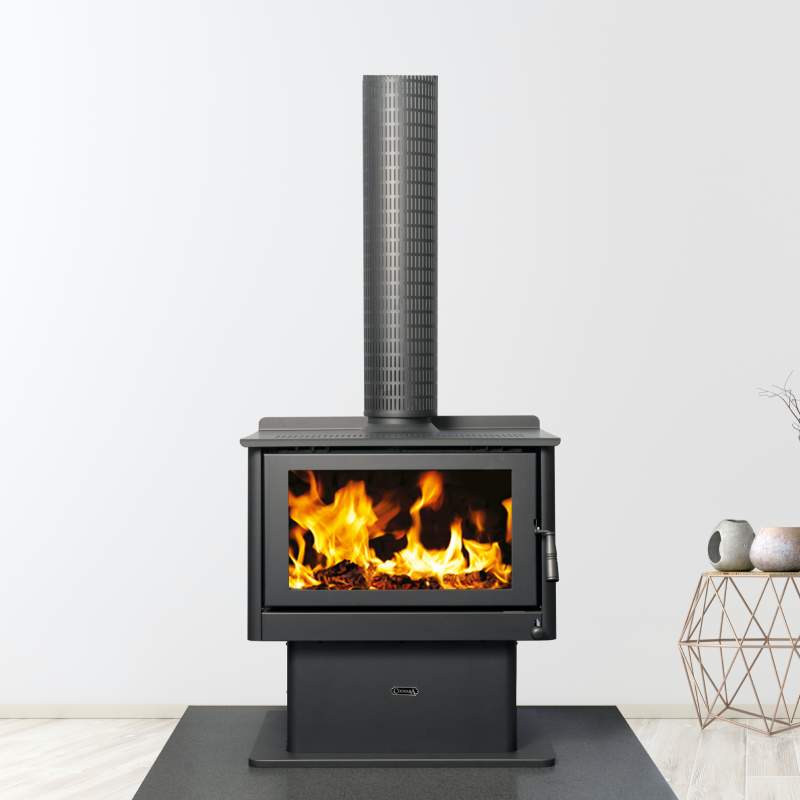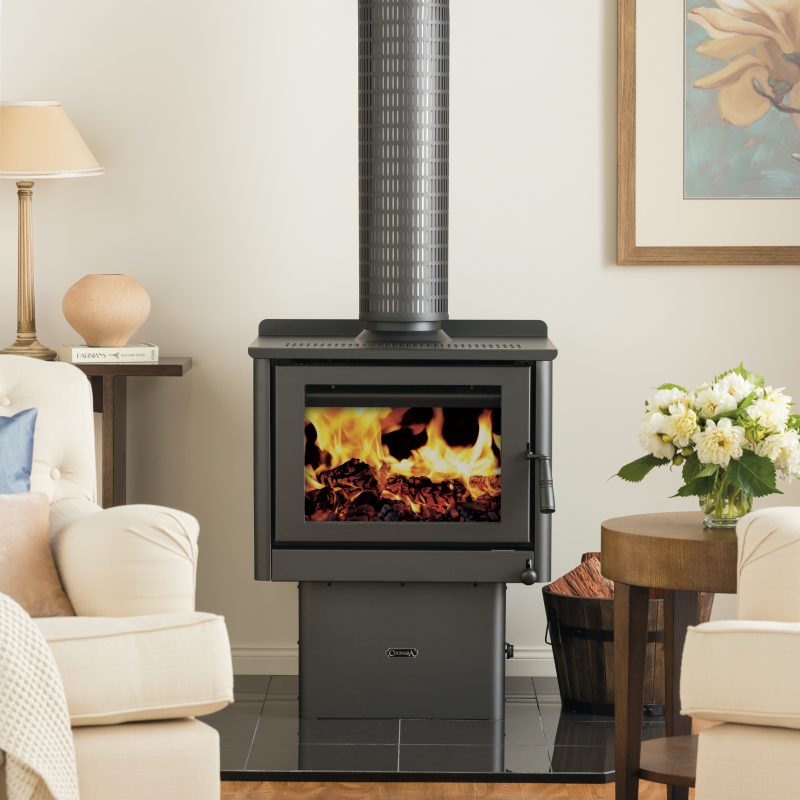Heating your home can be a challenge, especially during the cold Victoria winters. That’s why many are opting for the installation of a wood heater. When installed correctly, wood heaters are a reliable and efficient means of home heating. This guide will walk you through everything you need to know about how to ensure your wood heater is installed properly in compliance with regulations and Australian standards.
Why Choose a Wood Heater for Home Heating?
Choosing to install a wood heater in your home offers many benefits. Beyond providing a warm and cosy environment, wood heaters are sustainable appliances, using solid fuel, which is both renewable and affordable. A properly fitted unit can provide you with maximum efficiency in heating, reducing your energy costs substantially.
Importance of Correct Wood Heater Installation
Installing a wood heater isn't a simple DIY job. The process involves understanding smoke emissions, ensuring the correct flue height, maintaining safe distances from flammable materials, and more. Correctly installed wood heaters reduce the risk of fire hazards and nuisances such as wood smoke entering your living space or disturbing neighbours. Moreover, the Australian Standard AS/NZS 2918 must be adhered to, which regulates the installation of domestic solid fuel burning appliances.
Who Can Install a Wood Heater?
In Victoria, you do not require a building permit to install a wood heater, but the job must be conducted by a licensed plumber. The advantage of using an expert installer is not only peace of mind that your unit is installed correctly but also that they understand and comply with all the requirements of Australian Standard AS/NZS 2918. This standard covers the installation of appliances that use solid fuel (like wood) to ensure safe and efficient operation.
Key Installation Guidelines and Tips
- Clearances: The clearances to combustible materials for units are outlined in the literature provided by your wood heater manufacturer. This includes side and rear wall clearances, and clearances required if installing the unit into a corner.
- Hearth Requirements: The hearth must be of a specific thickness and projection in front of and beside the firebox door opening.
- Flue: The flue used for the unit needs to comply with the Australian Standard AS/NZS 2918. This includes ensuring a minimum fuel height of 4.6 metres from the hearth to the flue cap.
- Penetrations: Drop boxes and wall and floor penetration kits must be used when penetrating sections of your home.
Not meeting these requirements could lead to your fire burning incorrectly, causing a smoke nuisance, or creating a fire hazard.
After Your Wood Heater is Installed Correctly
Once your wood heater is installed correctly and your fireplace or wood heater is ready to use, remember to notify your insurance company. You should also invest in quality firewood, preferably hardwood, for the best burning efficiency. Regular maintenance, including cleaning creosote build-up and checking the flue system and other components, is crucial to keep your heater operating at its best and ensuring the unit remains safe for use.
Installing a wood heater can greatly enhance your home's warmth and ambiance. However, always remember, safety is paramount. If you're considering a wood heater, Coonara offers a range of efficient and aesthetically pleasing options to suit your home heating needs.
